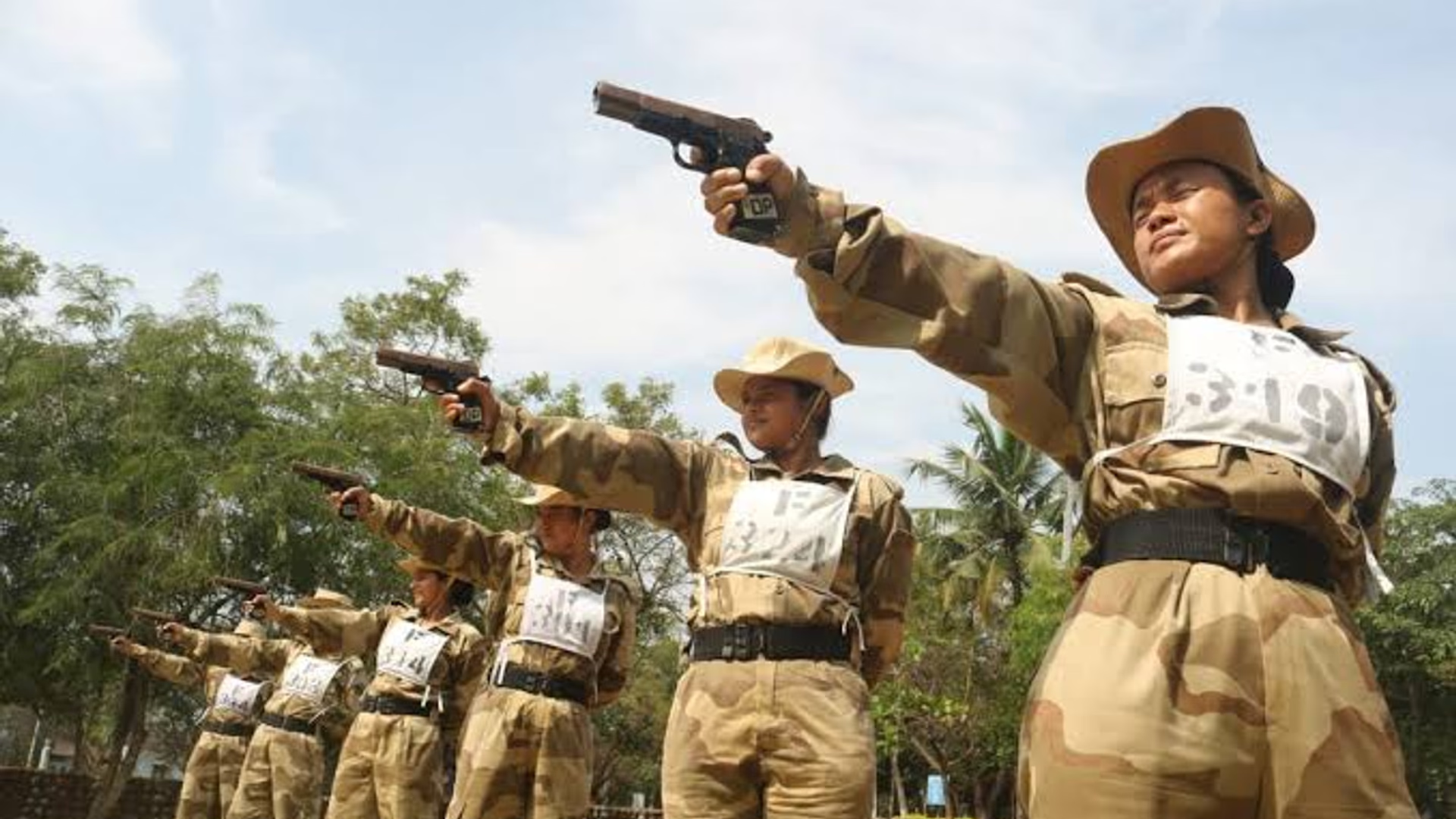Durand Line Conflict Escalates Between Afghanistan, Pakistan

Recent clashes between Afghanistan and Pakistan have brought the two neighbours to the edge of open conflict. Deadly cross-border exchanges along the Durand Line have exposed deep-rooted tensions and unresolved disputes. Both sides report heavy casualties and accuse each other of unprovoked attacks. The violence has disrupted key trade routes and alarmed regional powers urging restraint.
Background of the Durand Line Dispute
The Durand Line is a 2,600-kilometre border drawn in 1893 by British India and Afghanistan. Kabul has never recognised it as an official boundary. This ambiguity has fuelled frequent disputes and militant crossings. The border is rugged and difficult to control, making it a hotspot for insurgency and smuggling.
Recent Clashes and Military Claims
Afghan forces claim to have killed 58 Pakistani soldiers in retaliatory strikes. Pakistan counters with a lower death toll of 23 soldiers and claims to have killed 200 Taliban fighters. Both sides accuse each other of initiating the violence. Afghan officials report Pakistani bombings inside Afghan territory, including Kabul and eastern markets. Pakistan denies direct involvement but has launched cross-border airstrikes targeting militants.
Role of the Tehreek-e-Taliban Pakistan (TTP)
The TTP is a banned militant group aiming to overthrow Pakistan’s government. It has regrouped in Afghanistan after Taliban’s 2021 takeover. Pakistan accuses the Taliban of harbouring and supporting TTP fighters. Kabul denies this, calling TTP members refugees displaced by conflict. The Taliban’s reluctance to act against the TTP reflects their own priorities and desire for domestic legitimacy.
Pakistan-Taliban Relations – From Allies to Adversaries
Pakistan supported the Taliban since the 1990s, hoping to secure influence in Afghanistan. The Taliban’s return to power initially seemed to benefit Pakistan’s strategic interests. However, Taliban independence and growing Afghan nationalism have eroded Islamabad’s influence. The Taliban no longer rely on Pakistan for sanctuary or support, complicating bilateral ties.
Impact on Regional Stability and Trade
The fighting has closed the Torkham border crossing, a vital trade route between the two countries. Gulf nations like Saudi Arabia and Qatar have called for calm and dialogue. The instability threatens broader regional security and economic connectivity. Refugee expulsions and military strikes have increased humanitarian concerns.
Challenges to Peace and Future Prospects
Both sides remain entrenched in blame and military posturing. Pakistan demands Taliban action against the TTP, while Kabul insists the issue is Pakistan’s internal problem. The cycle of violence and mistrust continues. Without political will for compromise, the Durand Line remains a fault line of crisis rather than a stable border.






